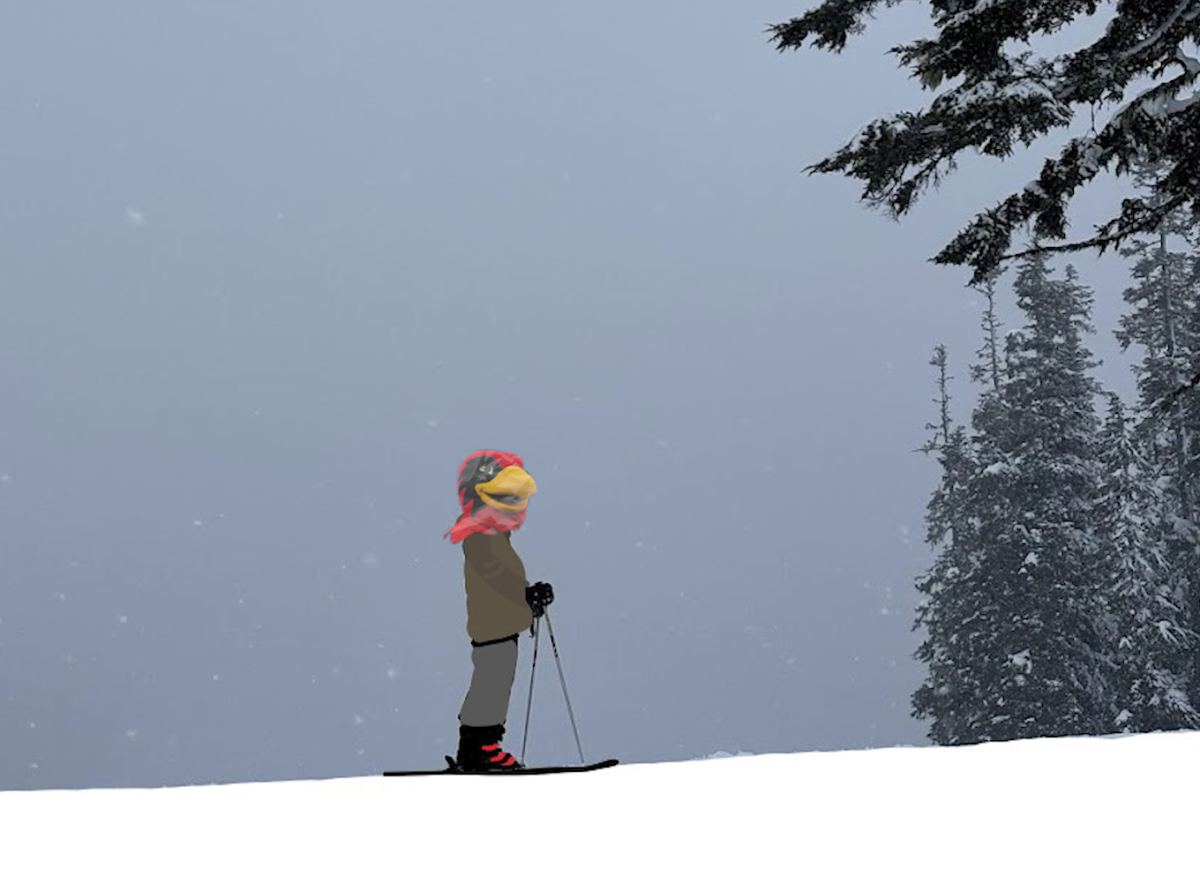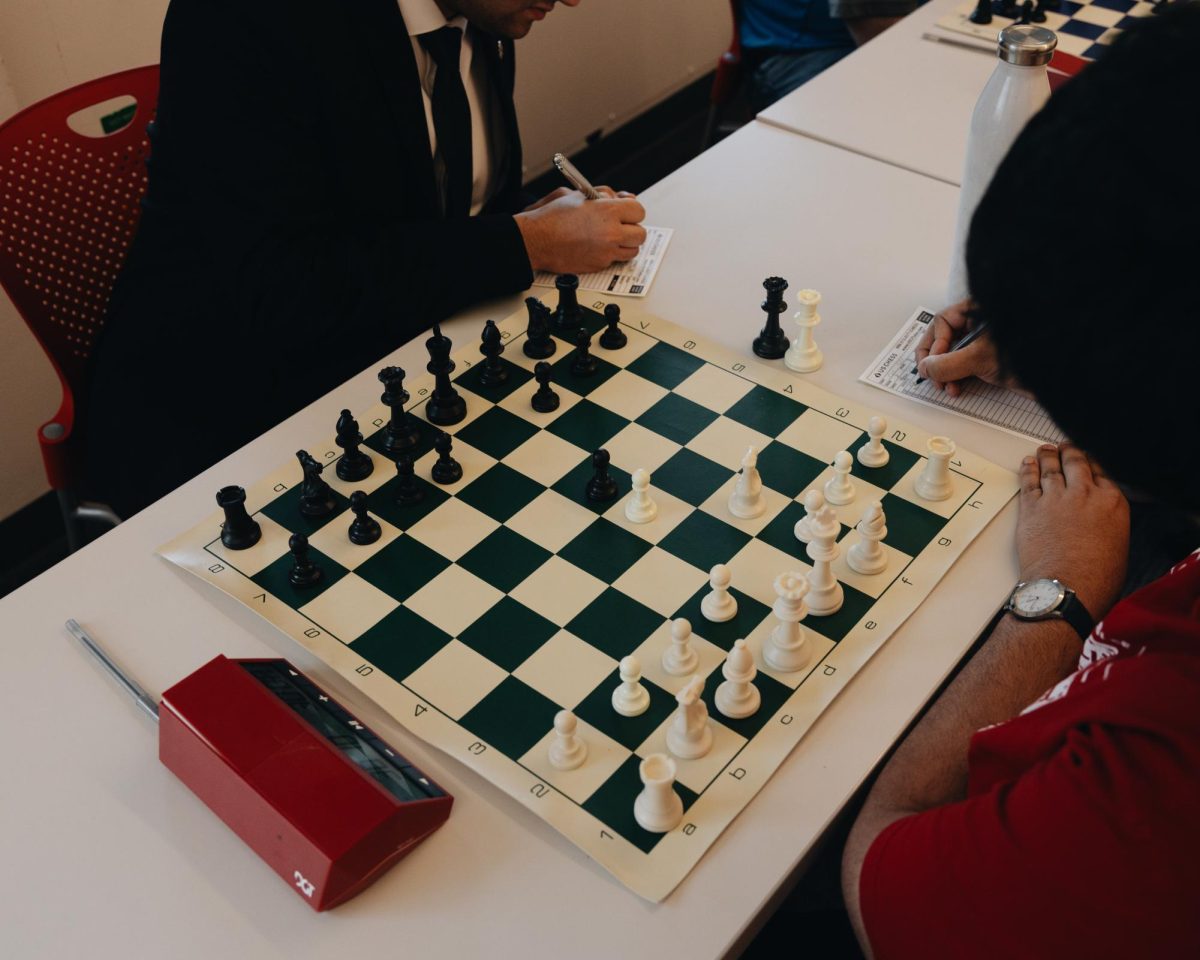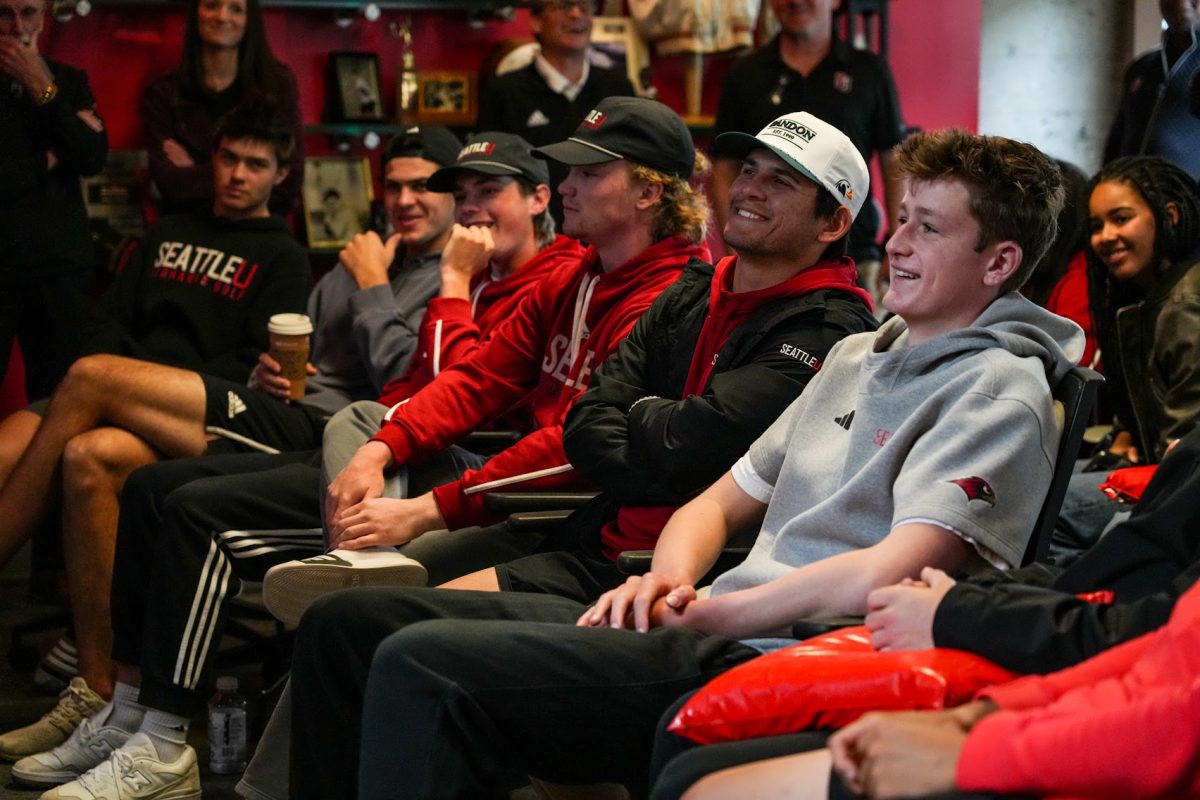 Being a college ski bum is not a new concept. The snow sport is extremely expensive and hard to access, so university students lacking in disposable income have been finding ways to get up to the mountains for cheap for as long as skiing has been around. However, most students who want to spend their college winters on the slopes flock to schools renowned for their proximity to good skiing—schools like the University of Utah, Montana State, and the University of Colorado Boulder. What happens, though, when a slope-minded individual tries to accomplish the same thing at a school like Seattle University?
Being a college ski bum is not a new concept. The snow sport is extremely expensive and hard to access, so university students lacking in disposable income have been finding ways to get up to the mountains for cheap for as long as skiing has been around. However, most students who want to spend their college winters on the slopes flock to schools renowned for their proximity to good skiing—schools like the University of Utah, Montana State, and the University of Colorado Boulder. What happens, though, when a slope-minded individual tries to accomplish the same thing at a school like Seattle University?
This year, I have been trying to find that out. Leaving home driven to become a better skier, I told myself that I would get up to the mountain no matter what it takes. It has taken a lot, though, especially as Seattle U lacks much of the infrastructure that is necessary for getting students on the mountain regularly.
The school isn’t entirely unsupportive—UREC Outdoors offers two weekly shuttles that are completely free to students. One is an afternoon bus to Snoqualmie Pass, which is 50 minutes away and a slightly smaller resort than the other Washington alternatives, for night skiing. The other is a morning bus to Crystal Mountain, the premiere Washington ski destination, which is about two hours away.
While convenient and easy, these shuttles have a few issues. First, both resorts that they service are on the Ikon Pass, and holders of the competing Epic Pass lack any school supported way to get up. Additionally, there are only six of each van offered throughout the year. While a nice auxiliary option, these vans are not a consistent way to get in a large number of ski days.
Ski Club and Stoke SU are both organizations that offer some support for aspiring skiers. However, a lack of funding from the school means that both clubs have no formal transportation for skiing. Additionally, while both are useful for networking and potentially finding friends to take you up, there can be logistical issues. For example, I have an Ikon pass and almost all of the Ski Club are on Epic, meaning that unless I buy an expensive day ticket, skiing with them is out of the question.
Finally, the main way to get up is to have a car. However, not only is owning and maintaining a car expensive, especially for first and second-year students, driving to the resort and back can cost upwards of $30 a day in gas money, along with expensive parking reservations for weekend days.
Being faced with these options, I tried to find other ways to get up. The most consistent way to get rides is through the University of Washington (UW)’s snow club, which offers access to its ridesharing service and group trips for a one-time fee of $30. Rides are free, as the club pays for member rideshares. However, I have found that competition for spots is very difficult, often filling up within minutes. Additionally, while some drivers are willing to pick you up at Seattle U, others will leave from UW, meaning you have to haul your gear onto the light rail and walk to a meetup point.
Clearly, ski access from Seattle U is pretty limited, which left me frustrated. However, this situation made me turn to the final, and most important way to get rides—tapping into the local community. While this option is much more nebulous than the others, and comes about differently for everyone, it is essential to getting the most out of your college skiing experience.
Random encounters at the climbing gym have introduced me to a few 20- and 30-something-year-old professionals who regularly go up to the mountain and are more than willing to take a struggling college student. By paying my share for gas while being friendly and passionate, I’ve been invited to local rideshare group chats and even the opportunity to go on trips outside of Washington, which remain affordable through sharing costs within the group.
That one example isn’t the only way to create community and get rides—ski connections can be made through people in your classes, your extracurriculars, on forums and through a variety of different methods. Seattle has a strong outdoor community, and engaging with it is bound to make you friends who will help you to enjoy the mountain with them.
I have eight days up this season, and I’m hoping to get to 20 before the snow melts. While it’s definitely doable, it will be difficult, and that’s part of the fun. My story goes to show that, passion, a near-obnoxious persistence and a drive to cultivate community, anyone at this school can make their ski-bum dreams a reality.



![A Case For Pickleball [OPINION]](https://seattlespectator.com/wp-content/uploads/2025/05/Pickleball_Design-1200x900.jpg)




